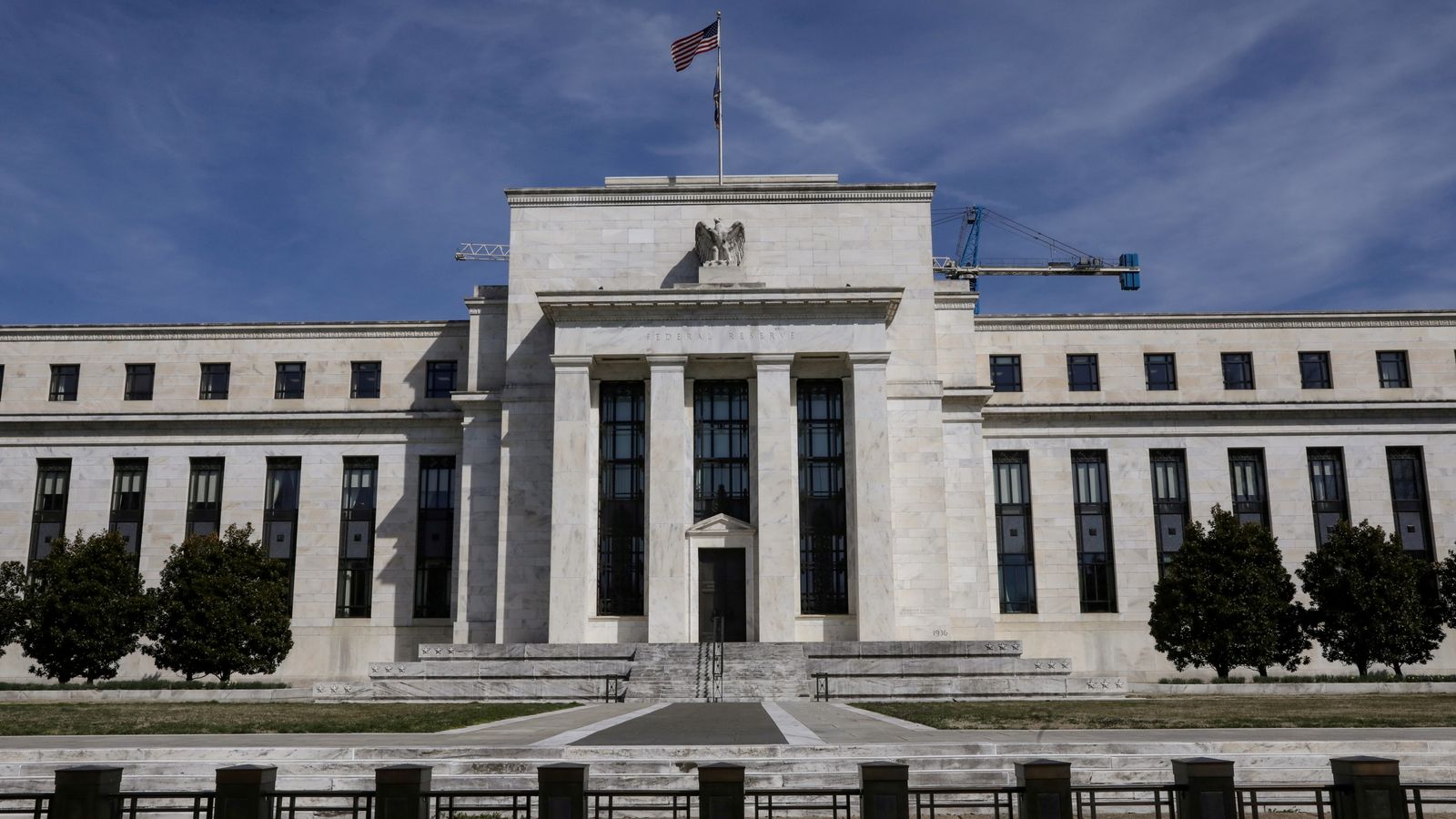The US central bank has fired the starting pistol on interest rate rises as the world’s largest economy faces up to a surge in inflation that is only predicted to accelerate during Russia’s war in Ukraine.
The Federal Reserve raised its benchmark rate, for the first time since 2018, by a quarter point to a target range of 0.25% to 0.5% and signalled further increases towards a 2% level by the year’s end.
It marked the bank’s first major move against prices that have been leaping upwards since April last year.
Policymakers opted to allow the economy to run hot as employment recovered from the effects of the COVID-19 pandemic.
However, inflation is currently at its highest level for almost 40 years and expected, by the Fed, to accelerate as the impact of President Putin’s war and resulting Western sanctions disrupt key commodity flows such as oil, gas, metals and foodstuffs including wheat.
The future inflation path is further complicated by the pandemic, which has forced large parts of China’s economy into lockdown sparking further supply chain delays globally.
The dilemma facing the Fed is that a series of rate rises, designed to cool inflation expectations around things such as wage increases, could choke off demand in an economy facing severe uncertainty because borrowing costs go up.
Chelsea: Candy signs club legend Vialli to advise on bid before auction’s final whistle
Boris Johnson arrives in UAE in bid to end West’s ‘addiction’ to Vladimir Putin’s oil and gas
Oil price retreat likely to be short-lived as demand will outstrip supply in the months ahead
But the bank said the war in Ukraine was creating “additional upward pressure on inflation” and weighing on
economic activity.
It indicated that “ongoing increases” in the target federal funds rate – its core rate – would be “appropriate”.
The monetary policy language was evident too as inflation was projected to remain “elevated”, ending 2022 at 4.3% – partly a consequence of rising rates but earlier price rises exiting the calculation.
The Fed also adjusted its expectations for US economic growth this year.
It had forecast 4% in December but now pencilled in a rate of 2.8%.
Its statement said: “The invasion of Ukraine by Russia is causing tremendous human and economic hardship. The implications for the U.S. economy are highly uncertain, but in the near term the invasion and related events are likely to create additional upward pressure on inflation and weigh on economic activity.”
Fed chair Jay Powell hopes that by making borrowing gradually more expensive, the bank will succeed in cooling demand for homes, cars and other goods and services, thereby slowing inflation.
He told reporters at a news conference the fundamentals of the US economy were “very strong” and able to withstand a tightening of policy.







